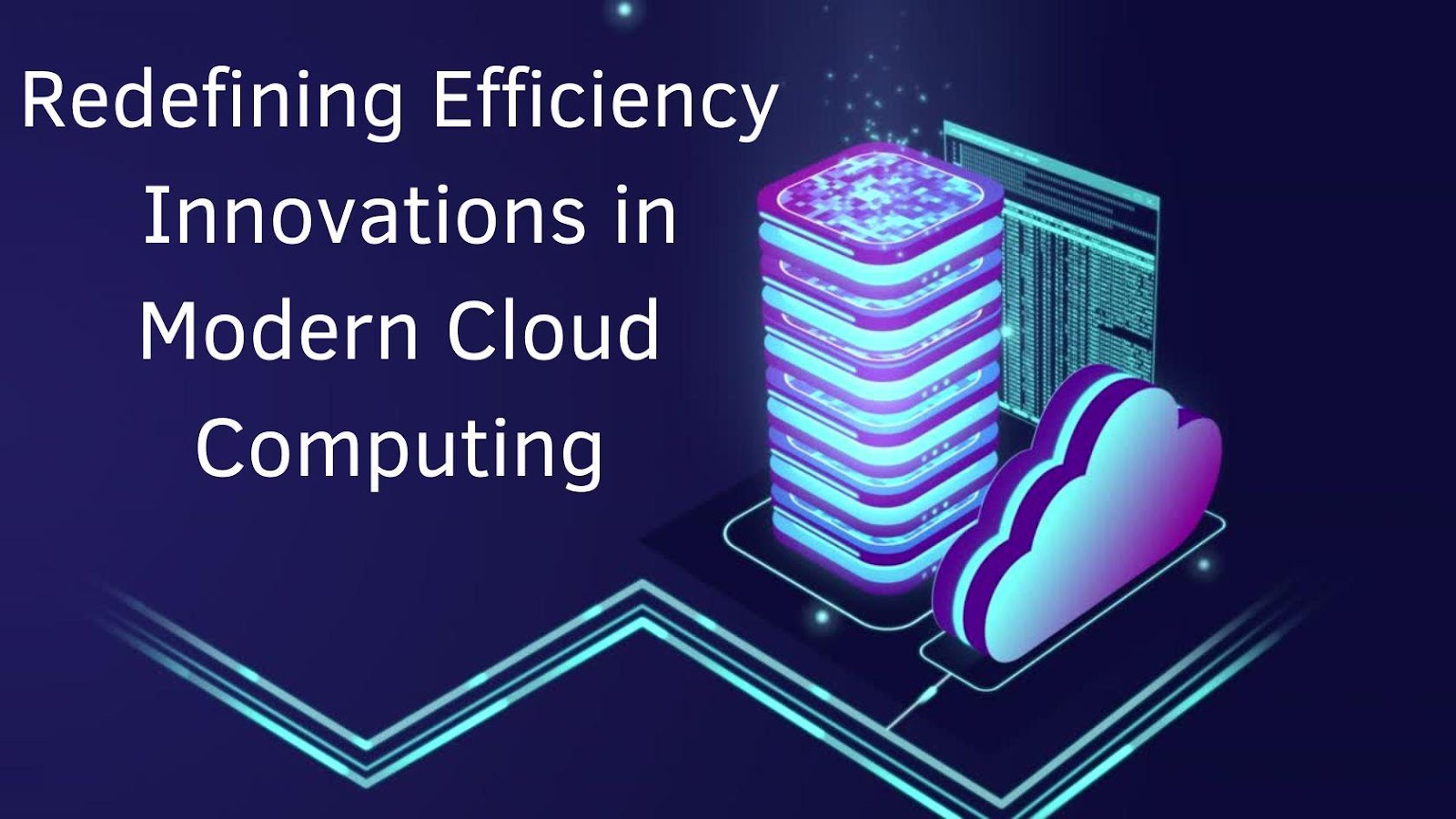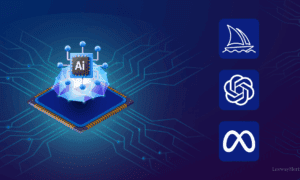In this digital era, cloud computing has evolved dramatically, fostering innovation and technological progress. Rishi Kumar Sharma explores cutting-edge strategies, showcasing how modern cloud architectures revolutionize efficiency and scalability. His insights offer a comprehensive look into the transformative advancements shaping the future of cloud technology.
The Foundation of Modern Multi-Tenant Systems
Multi-tenancy, a foundational pillar of modern cloud infrastructure, has revolutionized the way computing resources are utilized. By allowing multiple users to securely share the same physical or virtual resources, it drives significant efficiency gains and reduces operational costs. Advanced technologies, such as dynamic workload balancing and intelligent resource allocation algorithms, ensure optimal performance even under fluctuating user demands. These innovations enhance scalability, providing businesses with the flexibility to expand without compromising performance. Additionally, multi-tenancy supports diverse operational needs, from small startups to large enterprises, while promoting a sustainable computing model by reducing energy consumption and hardware requirements. This approach not only aligns with environmental goals but also highlights the cloud’s ability to deliver cost-effective, reliable, and eco-friendly solutions in an increasingly resource-conscious digital era.
Securing the Cloud with Advanced Technologies
As cloud computing becomes an integral part of diverse industries, the need for robust security has never been more critical. Advanced methodologies now harness the power of machine learning to identify and respond to anomalies in real time, providing a proactive shield against potential cyber threats. Enhanced encryption techniques protect sensitive data during transmission and storage, while automated threat response mechanisms enable swift action to mitigate vulnerabilities and minimize risks. These advancements enhance the overall reliability and integrity of cloud platforms, fostering greater confidence among users. By addressing security challenges effectively, cloud solutions empower businesses to focus on innovation and growth without compromising on safety. As enterprises increasingly operate in a hyper-connected world, these cutting-edge security measures solidify cloud computing’s role as a cornerstone of modern technological infrastructure.
Optimizing Performance Through Intelligent Automation
Automation has become a transformative force in cloud computing, revolutionizing operational efficiency and reducing reliance on manual intervention. Advanced intelligent systems can predict system demands with remarkable accuracy, enabling proactive resource allocation that ensures optimal performance. Automated processes also manage software updates seamlessly, eliminating downtime and maintaining uninterrupted services. By reducing latency and enhancing the overall user experience, automation sets new benchmarks for operational excellence. Its ability to streamline complex workflows not only boosts productivity but also empowers organizations to focus on innovation, demonstrating how automation is redefining standards in the rapidly evolving landscape of cloud technology.
Sustainability at the Core of Innovation
Modern cloud architectures are increasingly focused on environmental sustainability, transforming how technology supports ecological responsibility. By prioritizing energy efficiency and integrating renewable energy sources, these systems significantly lower their carbon footprint. Advanced cooling systems, adaptive technologies, and energy-efficient data centers exemplify the industry’s commitment to eco-friendly practices. Additionally, techniques such as server virtualization and resource pooling reduce waste, ensuring optimal infrastructure utilization. This sustainable approach aligns with global environmental goals, reinforcing the role of cloud computing as a driver of responsible innovation. By balancing technological progress with ecological preservation, these advancements set a new standard for environmentally conscious growth in the rapidly evolving digital landscape.
Enabling Seamless Integration Across Platforms
Interoperability has emerged as a pivotal aspect of cloud computing, driving seamless integration across diverse platforms and systems. Businesses increasingly rely on advanced APIs and middleware solutions to facilitate smooth data exchange and synchronization between heterogeneous environments. This capability allows organizations to unify operations, enhance workflow efficiency, and reduce complexities associated with managing multiple platforms. Furthermore, improved interoperability empowers businesses to innovate at an accelerated pace, adapt swiftly to evolving market trends, and leverage the full potential of cloud-based technologies, ultimately fostering agility and a competitive edge in an interconnected digital landscape.
In conclusion, as cloud computing evolves, its potential to transform industries becomes increasingly evident. The innovations discussed by Rishi Kumar Sharma highlight a future where technology is more secure, efficient, and sustainable than ever. With these advancements, cloud computing is poised to remain a vital enabler of progress in an interconnected world, showcasing the transformative power of innovation in shaping the technological landscape.



































